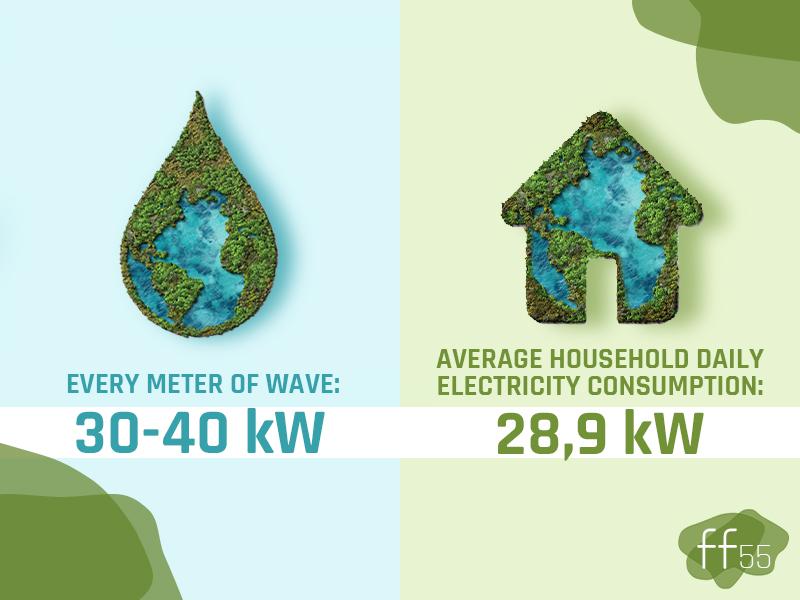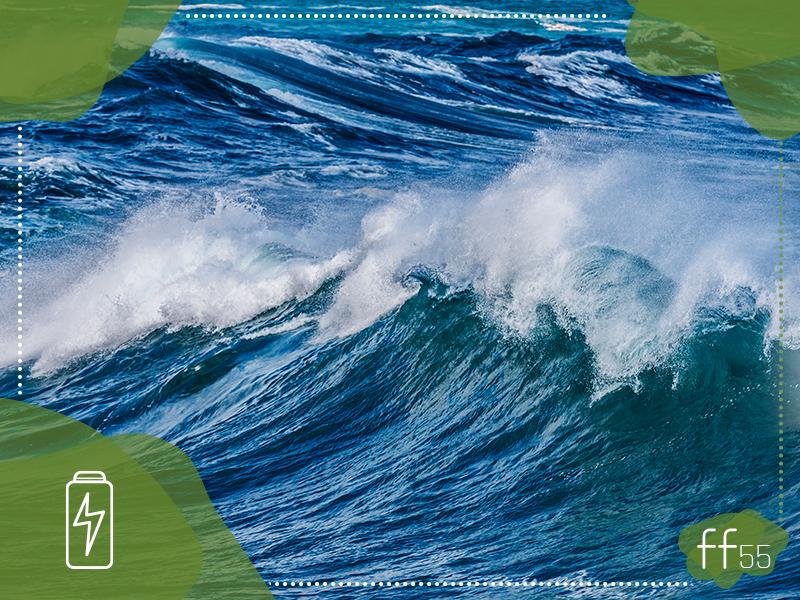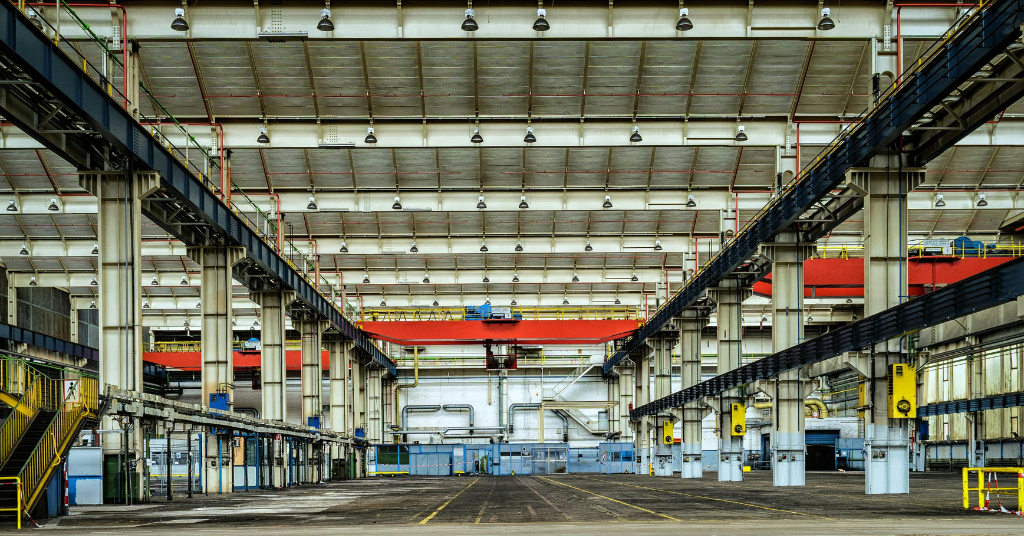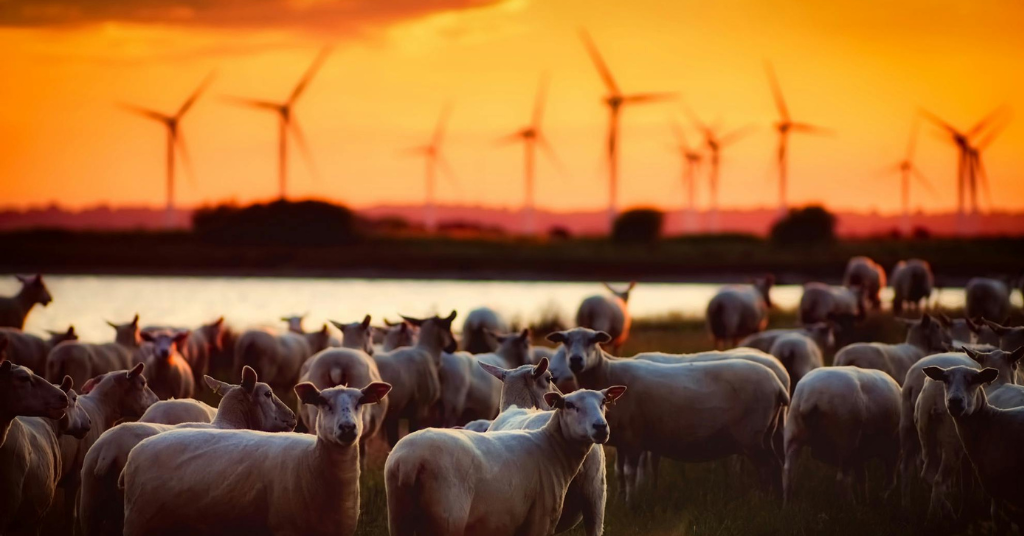Did somebody mention renewables? Yes, we did in our posts before but saved the best (or at least what we consider the best) for last.
What Is This New Technology?
Wave energy is a type of renewable energy and it’s estimated to be the largest global resource of hydroenergy and to be frank, it isn’t that new: the basis of the technoilogy was first patented in Paris in 1799 when Pierre-Simon Girard and his son planned to take advantage of direct mechanical action to drive heavy machinery… and pumps. It took 111 years until another Frenchman, Bochaux Praceique developed a device to light and power his own house.
Like many great things, this technology was also refined in Japan, by naval commander Yoshio Masuda, who tested multiple devices to power navigation lights back in 1947. We consider him to be the father wave energy converters or as some of you might know them: WECs.
How Does It Work?
Cooler air above large water surfaces replaces warm, and this creates wind and through wind: waves that lift and drop appliances of the surface of the water – and the movement of waves carries on long after the wind has died down.
There are many ways to harness energy from “trapping” these waves to floating buoys, depending on where we want to install these energy systems: on the coast and in open water. Without overexplaining the technology we’d like to introduce two systems:
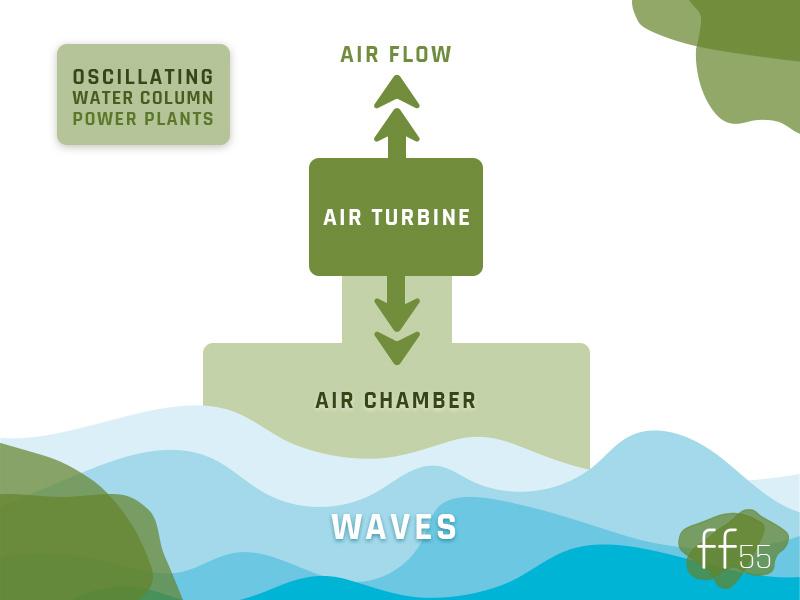
- Oscillating water column power plants are equipped with turbines. The wave coming from below works as a piston and rotate the turbine by moving an air column up and down, so the generator connected to the turbine produces electricity.
- With wave absorbing structures the name says it all. They absorb the energy of the waves by moving some of their elements with the waves. The kinetic energy produced pumps air or fluid through a turbine and it drives a generator.
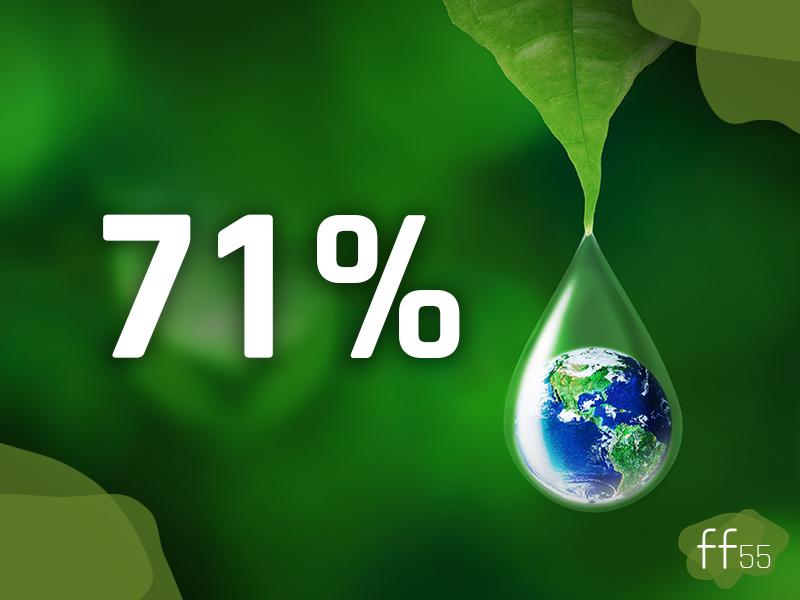
What Makes It So Great?
More than three quarters of our Earth’s surface is covered by water: lakes, rivers and seas but the vast majority are oceans (71% of the entire planet), so accessing a truly green source of energy is easy. Another key advantage is the sheer volume of energy: every meter of wave “carries” 30-40 kW of energy – a little more than an average household’s daily electricity consumption (28.9 kWh). The Intergovernmental Panel on Climate Change (IPCC) puts the potential annual global production at 29,500 TWh, almost ten times Europe’s annual electricity consumption of 3,000 TWh.
